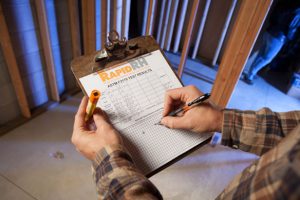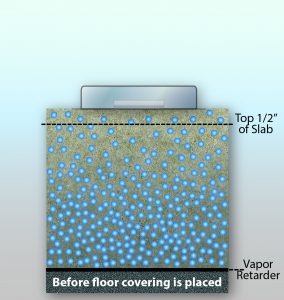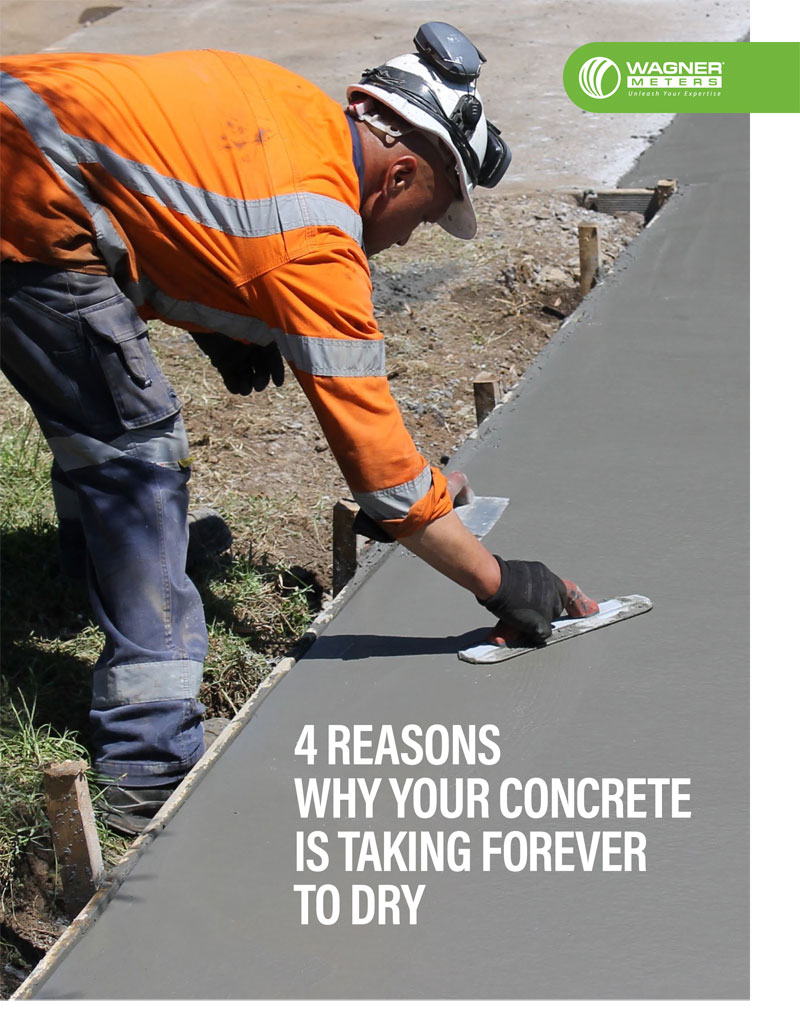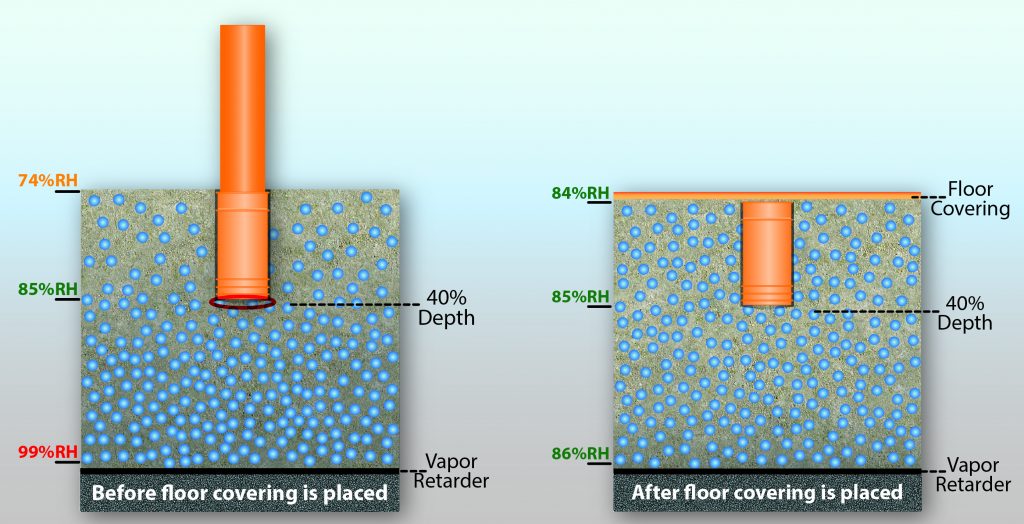RH Moisture Testing in Concrete Now Much Faster
This article was originally published in Hardwood Floors (June/July 2018 issue).
As the result of findings from an ASTM-commissioned study, the ASTM F06 Committee has issued a significant new update to the F2170 Standard for in situ relative humidity (RH) testing in concrete floor slabs. The update changes from 72 hours down to 24 hours as the amount of time needed to obtain official RH readings after drilling test holes.

The change to 24 hours in ASTM F2170 gives just one more reason why the RH test is superior to other moisture testing methods.
This is great news if you’re a builder or flooring professional who works with concrete slabs because you now have the green light to record ASTM-compliant RH readings two full days earlier than previously required by the standard.
This important change comes on the heels of an ASTM Precision and Bias (P&B) study in 2014 that demonstrated that test holes for in situ probes achieve moisture equilibrium in just 24 hours.
In other words, the ASTM P&B study clearly revealed that “early” readings taken with in situ RH probes at 24 hours are virtually the same as those taken later. Based on the study’s findings, one does NOT sacrifice accuracy or reliability by taking RH readings at 24 hours. These “early” readings, in fact, provide an extremely reliable indication of the true moisture condition of the slab.
This new development is significant. Having the opportunity to take earlier readings allows contractors and floor installers to make important decisions related to the installation of flooring much sooner than with other concrete moisture tests.
ASTM’s Precision and Bias Study
The P&B study involved testing six manufacturers’ RH products in which the laboratory took temperature and RH readings after 1, 2, and 4 hours, as well as 24, 48, and 72 hours.
The study found that readings taken at 24 hours using the manufacturers’ RH sensors were essentially identical with readings taken at 72 hours. Although there was some slight variation, it fell well within the acceptable range as specified by the standard.
The upshot: RH measurements taken at 24 hours are just as accurate as those taken at 72 hours. This finding led to the ASTM committee’s decision to change the standard to 24 hours.

A surface test is not a reliable method for determining the true moisture condition of a concrete slab.
Most Accurate Moisture Test
Based on other scientific studies, including at Lund University in Sweden during the 1990’s, RH testing has been shown to be the most accurate, reliable method for assessing the true moisture condition of a concrete slab.
An important reason is that it is a depth-specific test based on what we know about how moisture gradients form within a concrete slab. RH measurements taken at 40 percent of the slab thickness when drying from one side (or 20 percent when drying from two sides) have been shown to be an excellent indicator of the amount of moisture the finished floor will “see” after installation. Surface-based tests do not give this same kind of information with any reasonable degree of reliability.
Accelerates Project Workflow
With the P&B study results and the changes to the ASTM standard, you also have a scientifically valid way to accelerate your project workflow by two full days. If the RH test readings at 24 hours fall within the range specified for your finished floor products, you can move forward with your flooring installation with confidence. No more waiting 72 hours for test results!

Free Download – 4 Reasons Why Your Concrete Is Taking Forever to Dry
Similarly, if your RH readings are not within the floor product specifications at the 24-hour mark, you’ll again have your answer two days sooner and can immediately put in place mitigation steps as needed for drying the concrete slab.
Regardless of whether or not the readings are acceptable for your floor installation, RH testing provides this valuable information very quickly. The result? You avoid costly delays and enhance project profitability.
The change to 24 hours in the F2170 standard, along with the P&B study findings, provide just one more reason why the RH test can be considered superior to other moisture testing methods. Not only does in situ RH testing generate reliable data to help ensure successful flooring project outcomes, but it does so in a fraction of the time—24 hours instead of the 72 hours required by other tests.
So now you can now move ahead with ASTM-compliant decisions for your flooring project just one day after initiating an in situ RH test, much faster than with other concrete moisture tests. This is exciting news indeed!

RH measurements taken at 40% depth (when the slab is drying from one side) give a reliable indication of the moisture that the finished floor will “see.”
Jason has 20+ years’ experience in sales and sales management in a spectrum of industries and has successfully launched a variety of products to the market, including the original Rapid RH® concrete moisture tests. He currently works with Wagner Meters as our Rapid RH® product sales manager.
Related Posts via Taxonomies
Last updated on June 1st, 2021



